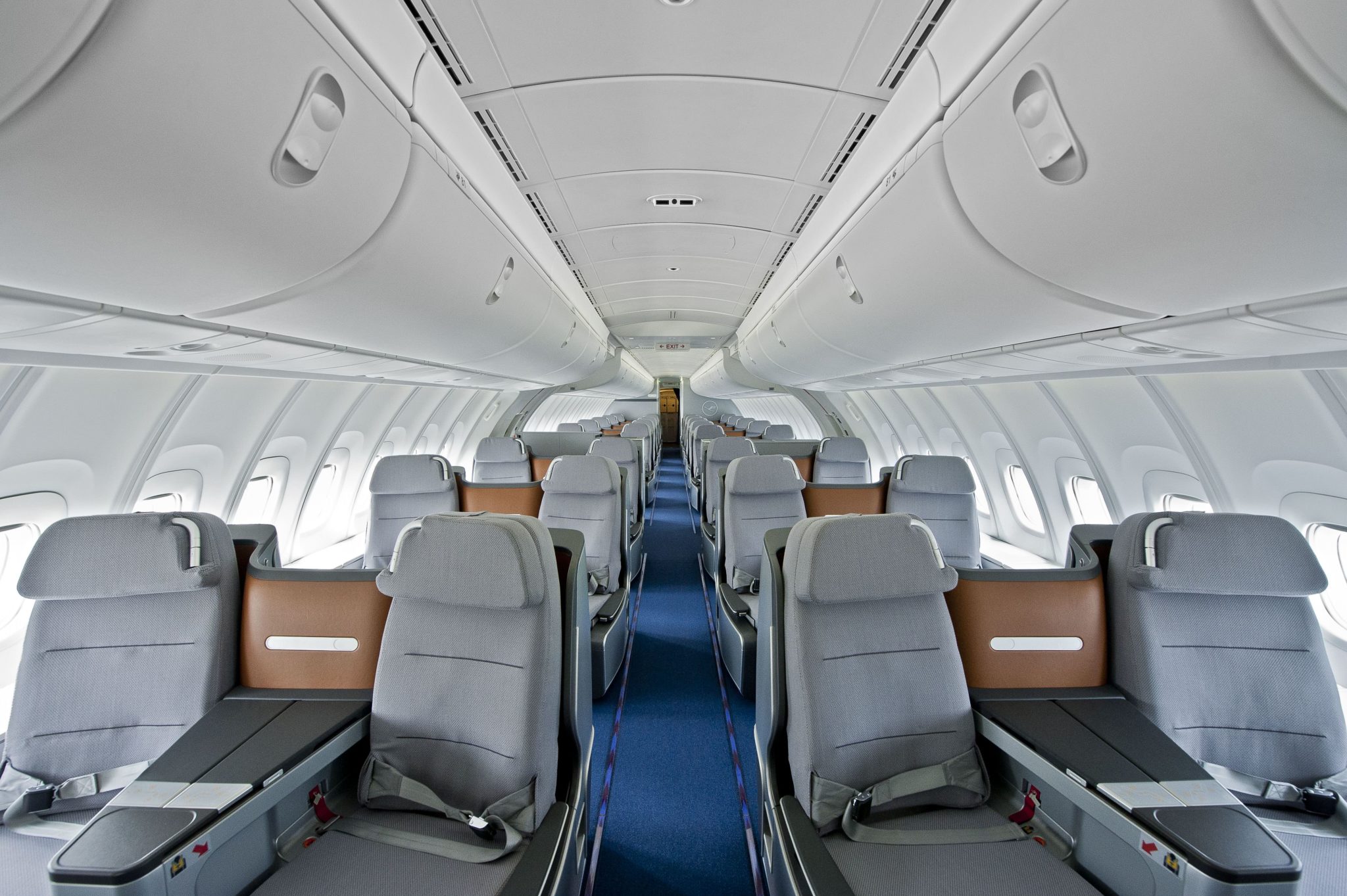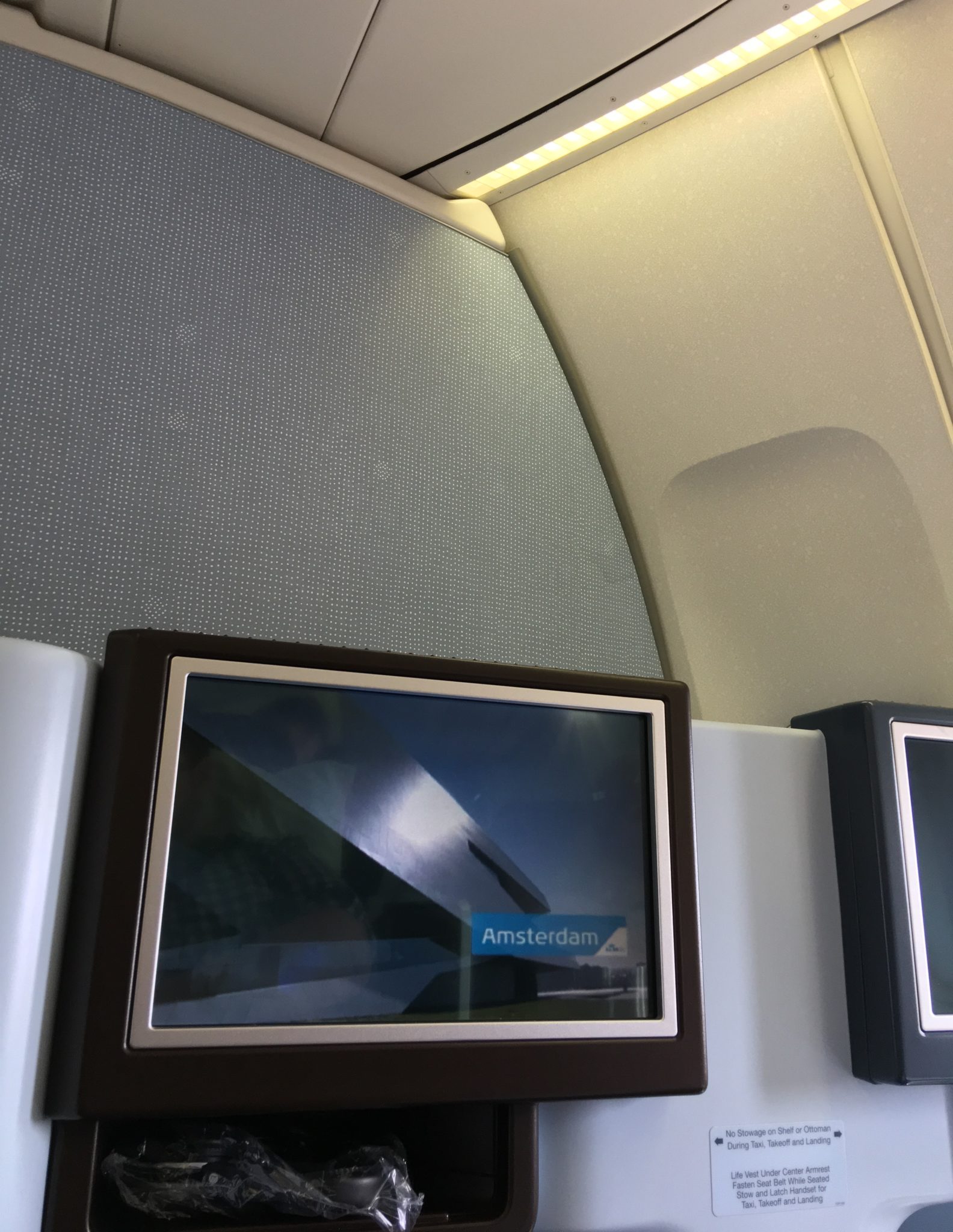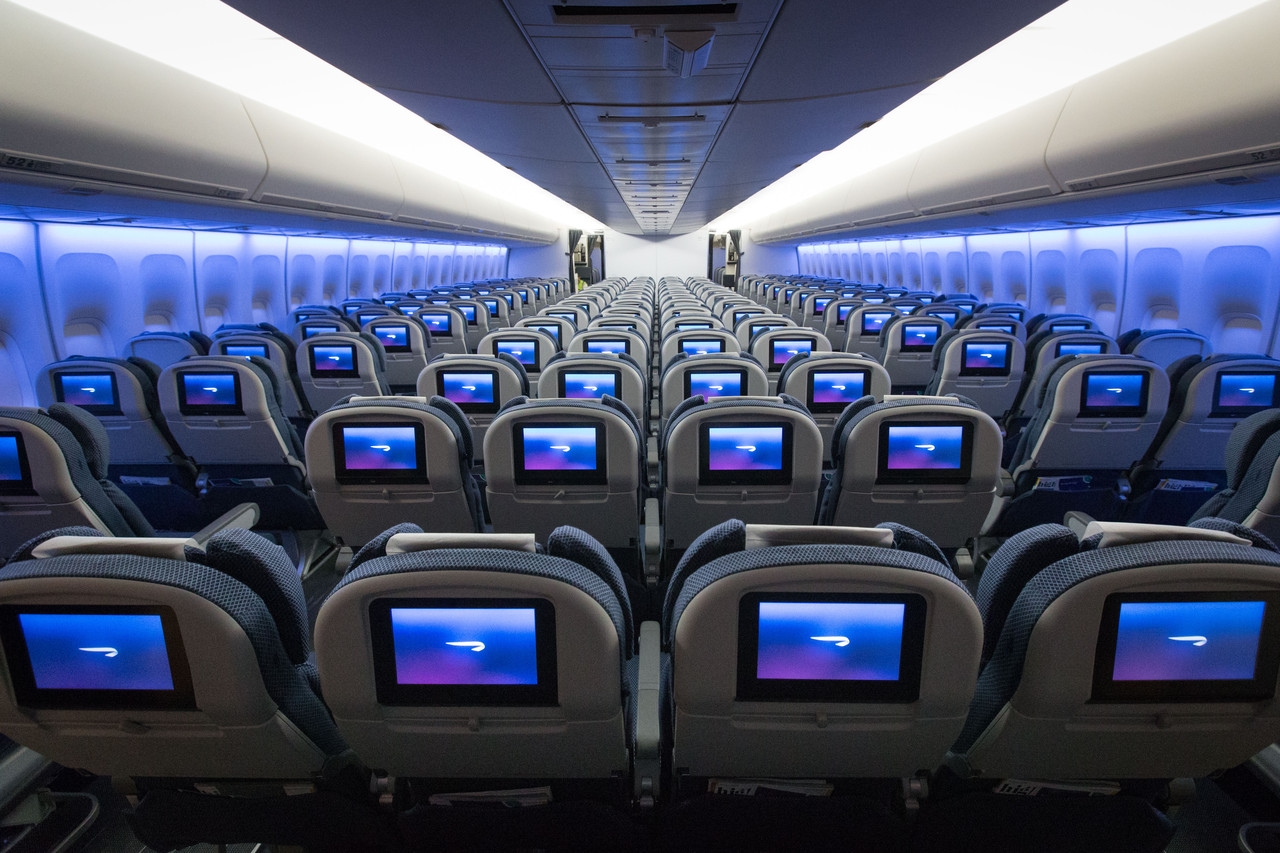 Cathay Pacific has retired its last Boeing 747-400, and indeed what seems likely to be its last passenger 747 ever. Much has been written about the sunset of this beautiful, iconic and pivotal aircraft, but not all of those paeans have focussed on the immense effect that the 747 had on premium cabins.
Cathay Pacific has retired its last Boeing 747-400, and indeed what seems likely to be its last passenger 747 ever. Much has been written about the sunset of this beautiful, iconic and pivotal aircraft, but not all of those paeans have focussed on the immense effect that the 747 had on premium cabins.
After all, no matter which airline is credited with introducing business class — Pan Am, Qantas and British Airways all lay claim to the title — it was certainly on a 747. Initially these sub-branded seats were simply an exclusive section of the aircraft, much as extra-legroom economy products are today, but the passenger experience quickly snowballed.
As #PaxEx and the 747 itself have developed over the years, business class has spread: initially upstairs to what was a lounge area, then into the expanded double-length “bubble” that was introduced on the Stretched Upper Deck option and standardised on the 747-300.
One of the greatest pleasures of flying is still to sit in the practically silent nose of a 747, whether in business or first class. No matter how advanced more recent aircraft have become, they can’t hold a candle to this space.
Airlines without a first class cabin always used the iconic, uniquely shaped nose area of the 747 for business class, with Virgin Atlantic’s successive generations of Upper Class the foremost example. And as an increasing number of carriers remove first class from their product line — or indeed from their 747-400s, like Lufthansa — business class has moved into the nose, the upper deck and occasionally the first zone behind doors 1.
The 747 introduced the first fully flat bed in the sky, when British Airways’ recently retired first class seats debuted in 1995. These seats also introduced the concept of the herringbone seating layout, which has developed in a plethora of different ways in the two decades since.
Virgin Atlantic introduced the angled lie-flat business class seat in 1999 with its J2000 product, quickly surpassed in 2003 by its inward-facing herringbone Upper Class Suite, which brought both the herringbone and direct aisle access to business class.
Indeed, the fully flat bed in business class was also a 747 first, and also from British Airways, with the forwards-backwards yin-yang seat introduced in 2000 on one of the carrier’s 747 fleet. BA, of course, operated the largest fleet of 747s for most of the aircraft’s history, with predecessor airline BOAC a key early customer of the jumbo, and the successor British Airways a massive exponent of the 747-400 version.
Premium economy, too, was first installed by EVA Air and Virgin Atlantic on the queen of the skies, in a 2-4-2 configuration twenty or so years after the initial 3-4-2 layout of the 747 was turned into what is now the standard 3-4-3 arrangement.
The 747’s uniquely shaped upper deck was frequently used as a lounge space for airlines that didn’t require the jumbo’s full capacity for passenger seating. Qantas’ Captain Cook lounge remains an iconic part of the Australian (and global) aviation zeitgeist. The nose, too, has often seen non-passenger services: remember Virgin Atlantic’s beautician/masseur stationed by the bar area in the nose?
As commercial aviation continues its adoption of big twins as the replacement for the 747, airlines that want to be passenger experience leaders are figuring out how to bring some of the magic of the 747’s interiors to modern, more efficient jets. Whether that’s the magic of a bar, atmospheric mood lighting, or increasingly personalisable seating options — or whether it’s the accountancy magic of adding an extra seat in every row — the 747’s legacy will last long after the final jumbo is retired.
So long, 747, and thanks for all the #PaxEx.
Related Articles:















